Last week, I was at the Glen Street Theatre talking on a panel discussing community art and creativity. I was joined by fellow passionate community creatives: public artist Greg Stonehouse, architect and illustrator Miguel Gonzalez, and Aboriginal art advocate Aunty Clair Jackson. Our task was to read and comment on our local council’s draft ‘Arts & Creativity Strategy’, which outlines changes our council wants to make to increase our community’s participation in art and creativity, to improve everyone’s wellbeing.
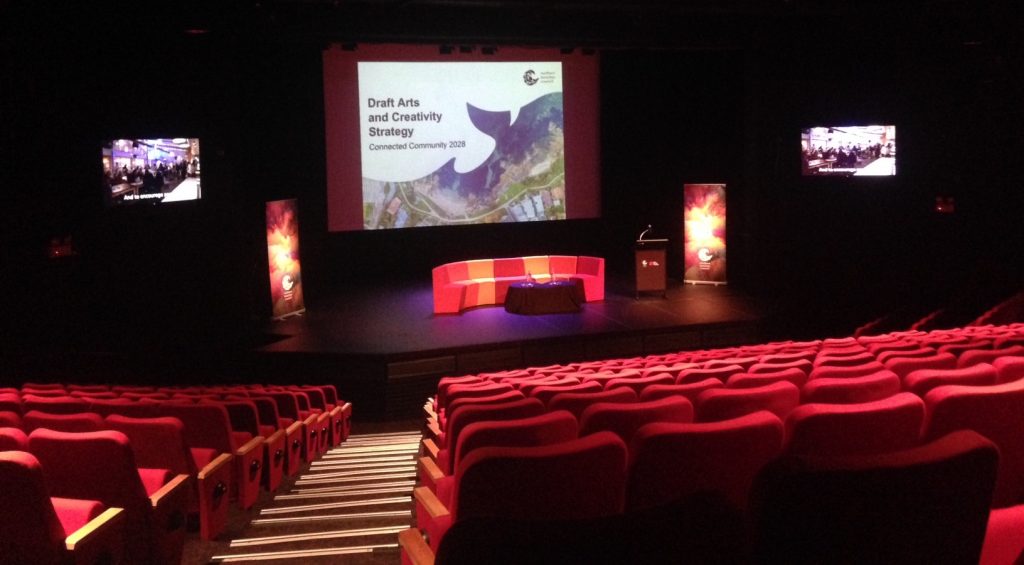
“There is a wealth of empirical evidence,” the draft strategy explains, “that shows the strong contributions the arts can make to society – positively contributing to community cohesion, health and wellbeing, education, economy and protecting our natural environment.”
More people participating in art and creativity? Count me in!
I actually wasn’t at my best on the panel because I had a cold(!), but I did what I could to comment on the council’s three main strategy outcomes – better places and spaces, diverse programs and activations, and active participation and engagement. I talked about the spaces in which writers generally work, the places we seek in order to congregate, some of the programs we need in order to showcase and support our talent, and what would enable us to more easily reach into our communities to connect with others and boost the local economy. My fellow panelists commented on the strategy from their perspectives also.
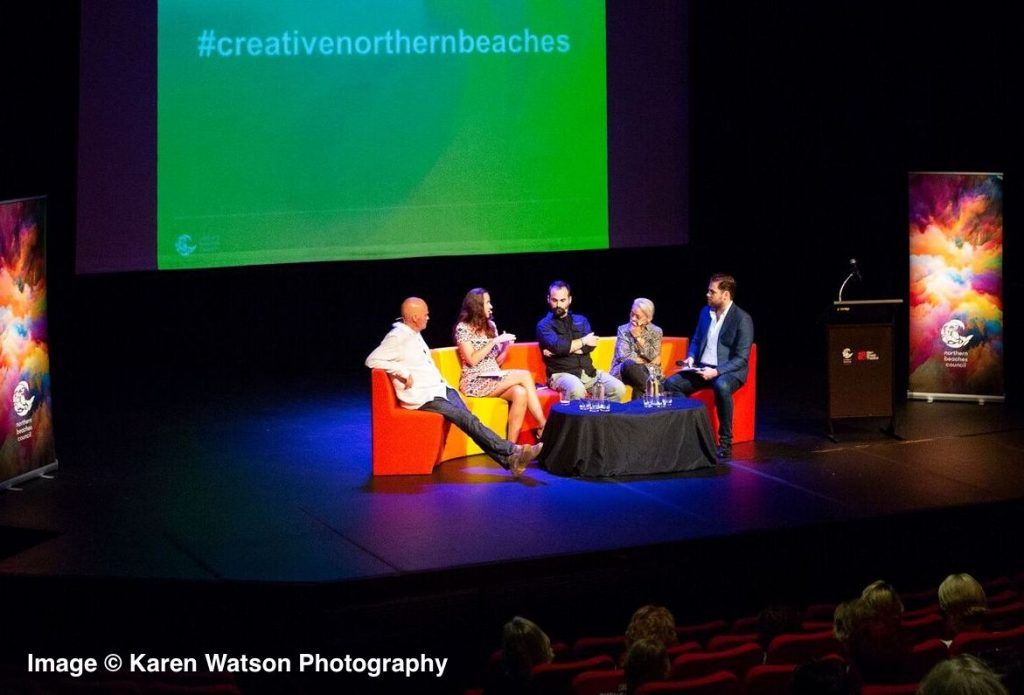
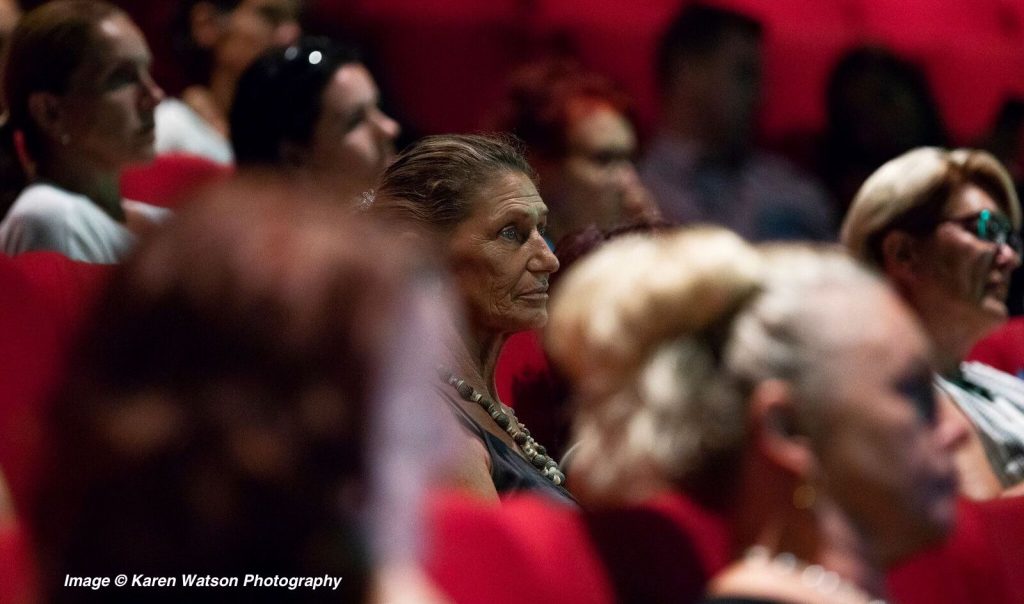
With limited time available, I didn’t get to share all my experiences and ideas, but I will! The council has a feedback form for anyone and everyone to make suggestions. As Mayor Michael Regan said at the beginning of the night, unless the council hears from the community, how can it know what the community wants?
For example, when I first immigrated to Australia in 2001 and commenced my writing journey here, I struggled for many years to find the resources I needed to progress. Access, attitudes and proximity all formed challenges to my participation. Isolation, both physical and financial, led me to founding the Northern Beaches Writers’ Group, which I created with several founding principals based on my community experiences. It had to:
- focus on critiquing (because all writers need constructive feedback),
- be inclusive to a diverse range of people (because diversity is key to success), and
- be free (because most writers don’t earn much from their art).
I’ve run it with those same founding principals now for almost ten years, one Saturday every month, completely voluntarily, rain or shine (apart from once when I visited my dying father in England!). I’ve had over 125 writers come through the group and I’d like to think I’ve made some small difference to all of them.
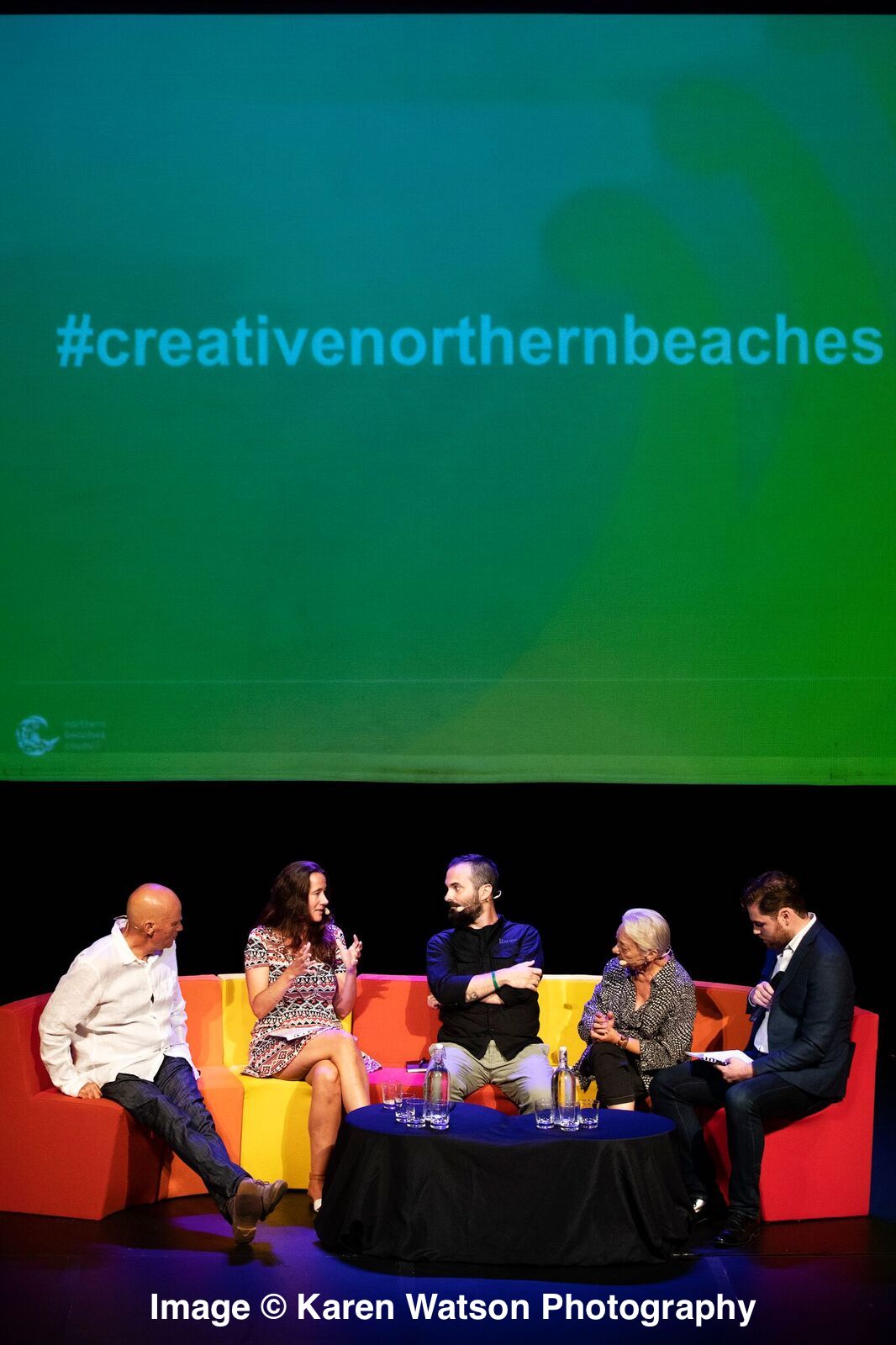
Writing has always made a difference to my life. When I was a teenager, writing poetry and sharing it with others was my mechanism of choice to cope with the stresses of entering adulthood. Other classmates found their tribe through sport, music, visual arts or drama. We’re all different, which is why we need easy access to anything and everything our community can offer, whether it’s walking for free along beautiful coastline paths, kicking a ball with mates in the local park, or enjoying easy access to art and creativity.
“We are renewing and rethinking our planning,” Mayor Regan says in the strategy, “across all areas of Council – strategic land use, urban renewal and economic, social and environmental planning.”
Other councils may be doing the same, and they’re not mindreaders – they won’t know our experiences of community unless we tell them. So I’m going to offer my council my top seven ideas for improving access to art and creativity, and I urge you to do the same – all councils have email addresses! Let’s help our communities get more creative, and grow into healthier, happier places!
Indeed, feel free to offer your council any of the following ideas. They’re geared towards literacy, because that’s my thing, but some should also apply to other creative arts. One proviso: some ideas might not be any good in practice, but I share them in the hope that even a rubbish one might spark the best idea in someone else!
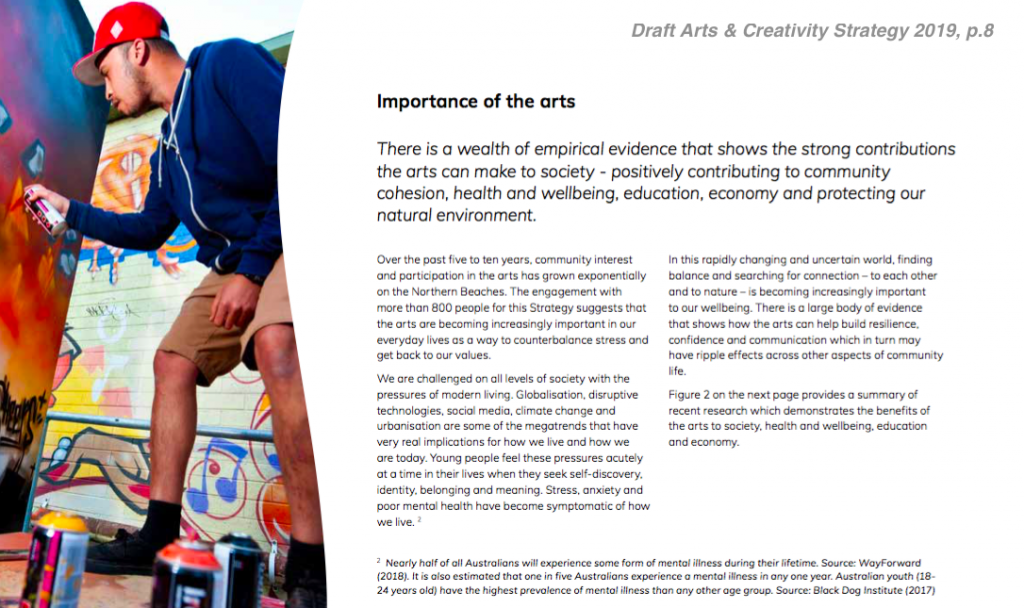
1. An inclusive, diverse, vibrant, local writers’ centre
This could be part of a larger ‘arts centre’ or a writer’s centre by itself. It could offer writers a permanent space in which to congregate, share ideas, inspiration, experience, knowledge and industry insights, network and offer each other support. Writing is collaborative and laptops don’t work well in the rain! It would be inclusive, diverse, vibrant and local, offering:
- literary festivals
- creativity spaces, with quiet indoor nooks in which to create
- courses, seminars and workshops (discounted for low-income earners)
- collaborative write-ins
- grants and prizes
- information and advice
- enrichment opportunities for local students
With today’s technology it’s become easy for writers to self-publish, but with this can come a danger of flooding the market with low-quality ‘noise’. Whether writers learn from tutors or fellow writers, a local writers’ centre could help ensure quality, boosting our local economy.
A variety of local writers could also be involved in the planning of such a centre, using their knowledge of what other local writers need.
2. A local writer-in-residence
I’ve taught creative writing classes for years now, from one-hour workshops to intensive year-long book-creation courses. Through meeting so many writers interested in learning the craft, I have a clear sense of the resources they need, and professional one-on-one support tops the list. A local free-to-consult writer-in-residence could:
- offer free tutorials, talks or workshops
- give readings
- answer writers’ technique or industry questions
- promote creativity to the community by connecting with readers
- support local schools to foster literacy and creativity
They could be resident in local libraries, or a local writers’ centre (see above!).
3. Outdoor creative nooks
Writers often like to create outside, in cafes and libraries, parks and coastal spaces. So why not create roofed creative nooks along walkways, in parks and nature reserves for writers of any age or ability to sit and read or write? Picnic tables are for eating as a group, so we’d need something else.
4. Use existing places more collaboratively
We have so many existing places that could support & showcase local literary talent. For example, the council could:
- Ask every library to have a section reserved for books written by local writers, with big signage celebrating that fact.
- Ask galleries and creative spaces to offer local writers’ books for sale.
- Advertise local literary workshops, events & activities in doctor & dentist surgeries where people stare at adverts & posters, on the backs of toilet doors in council facilities, in surf clubs, sports facilities, and anywhere that believes health is a balance.
- Prioritise local writers for author talks in schools and libraries, to support them in their own community.
- Include more words in public displays of art, be it poetry or snippets from stories.
- Get the local media on board to address:
- attitude
- awareness
- integration
- Educate doctors and counsellors on the benefits of creativity, so they can put patients in touch with local creative groups. Perhaps provide practitioners with a handy local directory (online and searchable?).
- Educate local clubs and businesses on the community benefits of creativity, and encourage them to fund local literary projects, groups and events. When I was seeking sponsorship for my ‘Art & Words Project’ (currently open to submissions, see here!), I was knocked back again and again because clubs and businesses said they preferred to sponsor projects “aligned to health and well-being”, which in their minds didn’t include arts or creativity.
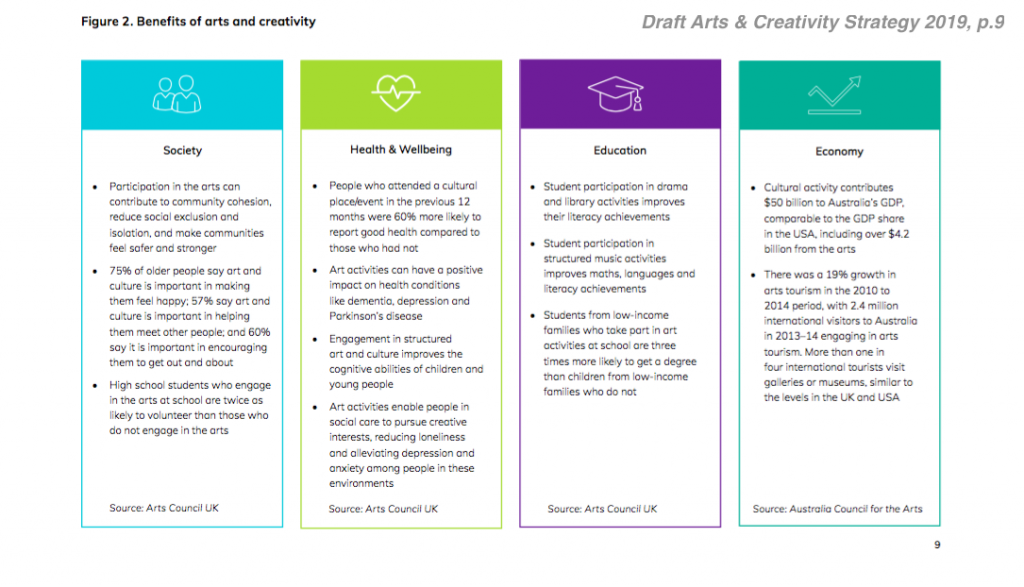
5. Accessible, inclusive grants
I couldn’t even estimate how many writers I’ve mentored or edited over the years – hours and hours of one-on-one sessions talking through their stories, writing habits and needs. One common concern is money. The publishing industry isn’t designed to pay writers for the actual time it takes to create and polish stories. Once the remit of the upper classes, money tends to flow more to the publisher and retailer, not to the writer trying to put food on the table. So…
- Where are the grants for low-income earners? I’ve yet to find a grant with income as a consideration. Some businesses hire grant-writers to apply for grants. How can a low-income earner compete?
- Where are the grants judged irrespective of the provided writing sample’s genre? Certain genres seem to get priority, yet Shakespeare himself wrote in multiple genres: fantasy (A Midsummer Night’s Dream), horror (Hamlet), romance (Romeo & Juliet), historical fiction (the Richards, Henrys), comedy (The Taming of the Shrew), violent thrillers (Titus Andronicus), wartime thrillers (Macbeth), and political drama (Julius Caesar).
- Where are the grants for students seeking one-on-one mentorship to take their creative passions to the next level, whether that’s awards and/or publication? Our local council offers grants of between $500 and $900 to parents, guardians or students towards the cost of travel to sporting competitions. Could we offer the equivalent to those excelling in literary creativity?
6. Pay writers!
Keep money within the community by seeking consultation with local writers and writing professionals, and paying them for their time and advice. Never ask an artist to do something for free. If you do, we might say ‘yes’ because we’re passionate about what we do, but it will impact our families, finances and ultimately our livelihood.
7. Increase opportunities
Increase the number of writing competitions available for both young writers and adults, so there’s not just a single competition for the whole of the community once per year, but one per suburb every quarter/term, with better prizes, trophies and glory(!).
This idea formed the basis of my ‘Art & Words Project’ – currently open to submissions (see here)! But there’s a lot more we could do too.
What’s next?
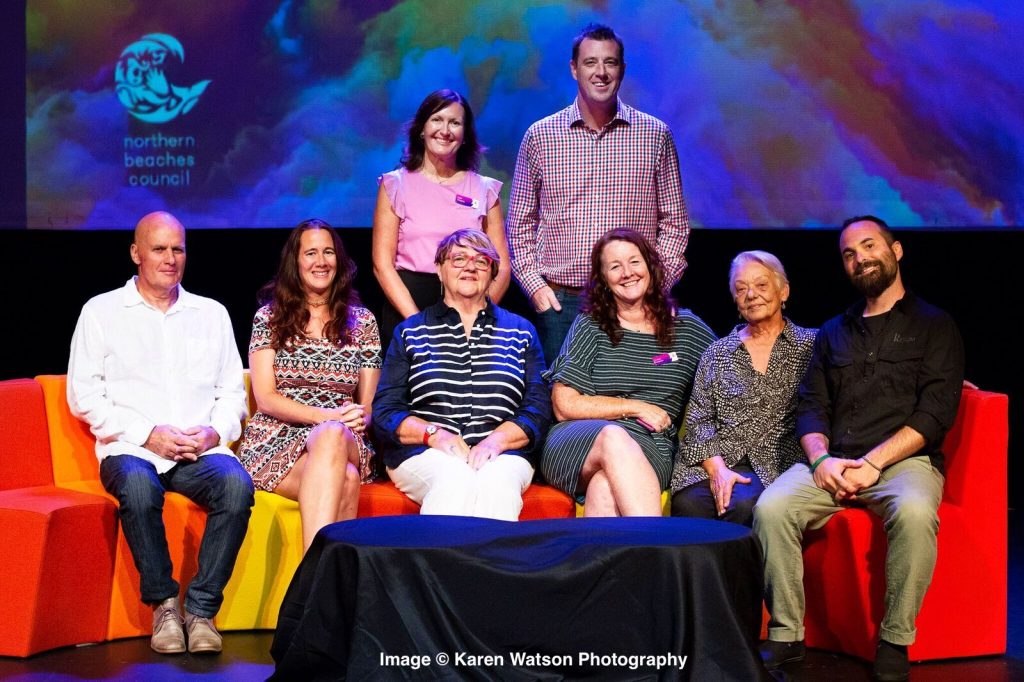
Feel free to copy and paste any of the above ideas into a feedback form or email to your local council (please just include this blog post address as a reference).
Also, let me know if your community faces different challenges, as I might be able to come up with an idea! Or I might have already overcome that particular challenge. We’ll never know unless we communicate. Together, we *can* make the world a better place!
Northern Beaches Council Feedback Form (deadline 17 February 2019):






So many constructive ways to support writers. Thanks! We should be asking for help. It never occurred to me. Am I alone in that? I particularly like the point, as someone who is the queen of doing things for free, that it impacts our family as well as our finances.
You’re welcome! The more artists who speak up the better, so do take a moment to submit some feedback to the council if you can! And yes, I get asked to do something for free at least once a day, if not more!